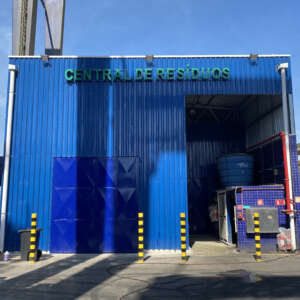In December 2023, TCP continued with the implementation of the Basic Environmental Plan for the Indigenous Component (PBACI) and the Guarani Mbyá Cultural Assets Management Program (PGBC), projects carried out with the participation of the Mbyá indigenous communities on the coast of Paraná.
The month of December was marked by the inaugural mooring operation at the Dolfins, with the arrival of the Bosporus Highway on the 12th. In preparation for the event, various communication and port operation qualification actions were carried out, such as: distribution of folders to navigators, guidance signs and installation of buoys for vessels to stay during maneuvering periods. The new navigation conditions were also presented to the Pindoty community, which navigates in Paranaguá Bay.
Two very important meetings were held: the PBACI Management Council meeting, attended by representatives of the National Foundation for Indigenous Peoples (FUNAI), and the PGBC plenary meeting, attended by representatives of the National Historical and Artistic Heritage Institute (IPHAN). Both meetings were also attended by representatives of the Terminal, technical consultants and indigenous leaders.
As an important step for the progress of construction on the Indigenous Lands, the architectural project for the Culture Center was approved by the Pindoty village, which allows this action to proceed to its next stages (preparation of the executive project, approval by FUNAI and contracting of the construction company).
Considering the end of the year, graduations were held at indigenous schools, events of great significance and pride for the villages, which also received support from TCP.
In order to maintain health care, indigenous people also traveled to villages in the state of São Paulo, where they received physical and spiritual care from pray-ers.
Recurring support for the communities was also maintained, such as the cost of the internet signal, telephony for the leaders and monitoring scholarships for the indigenous people working on the projects.
Other actions included: planting vegetables; delivering drinking water; computer classes, and monitoring fauna and air quality in the Indigenous Lands.




